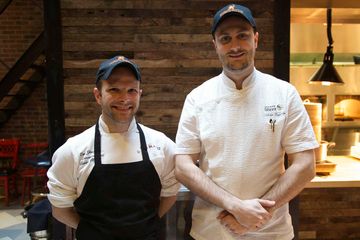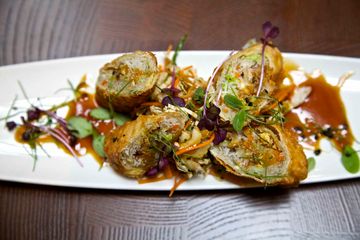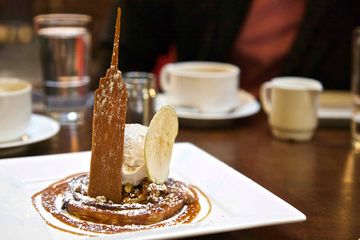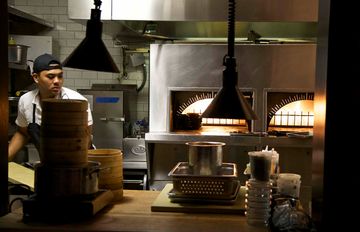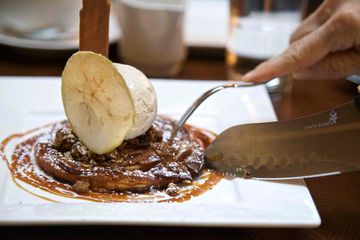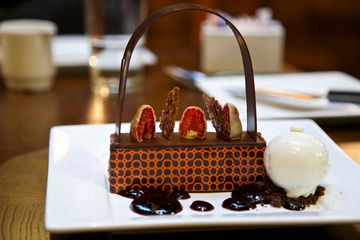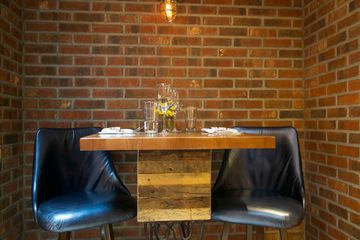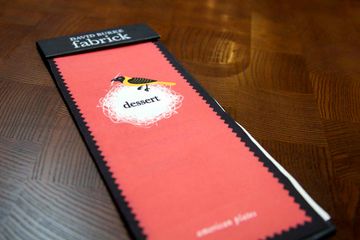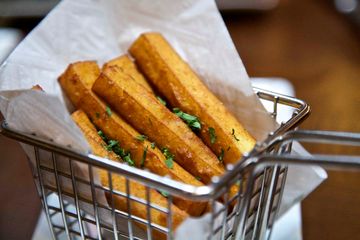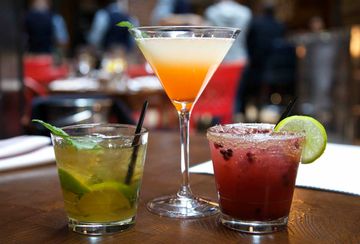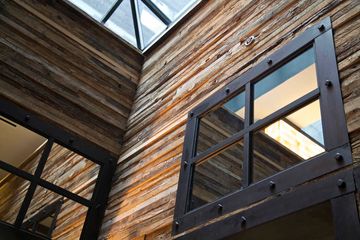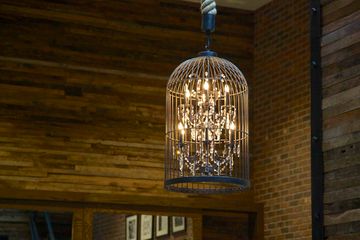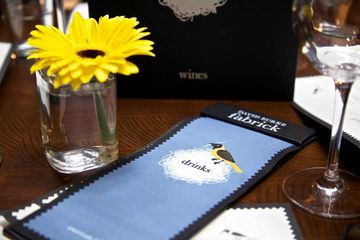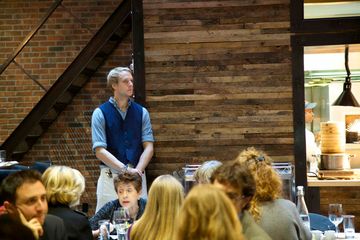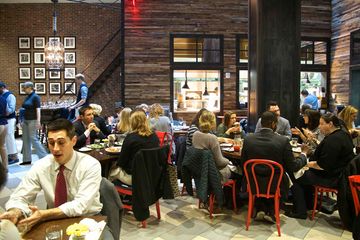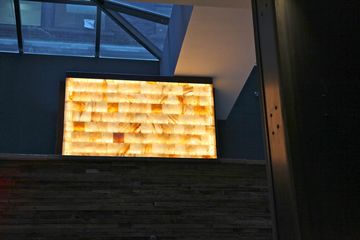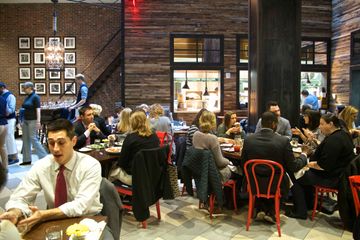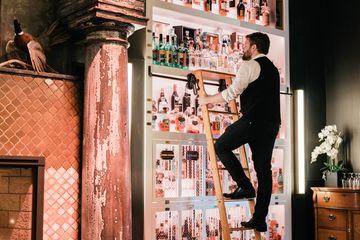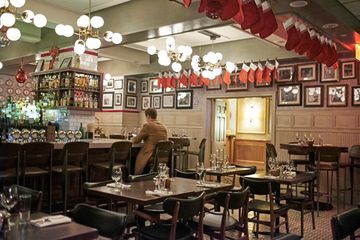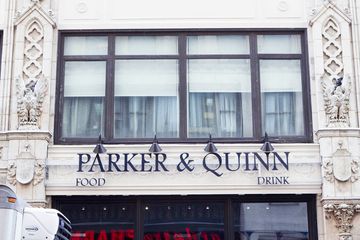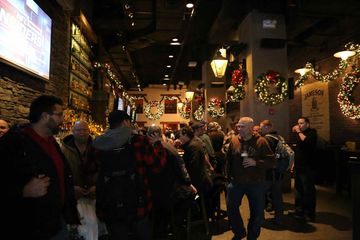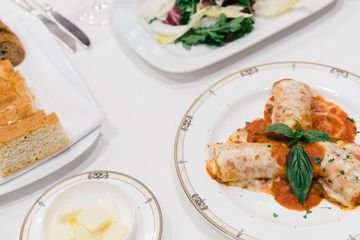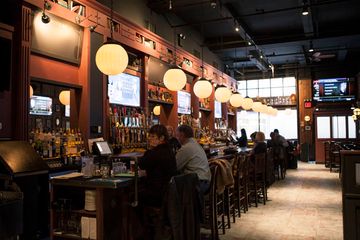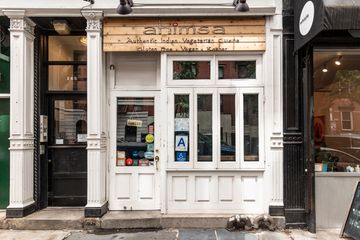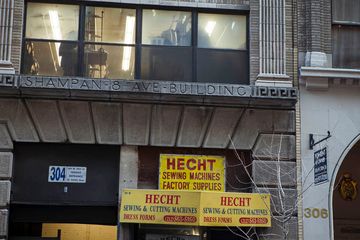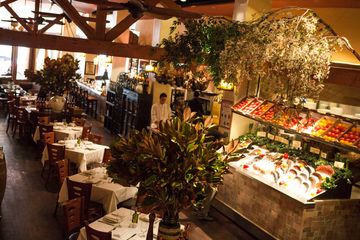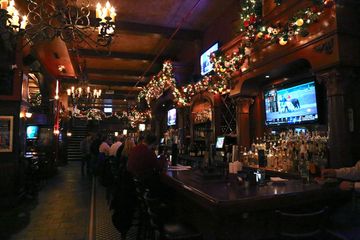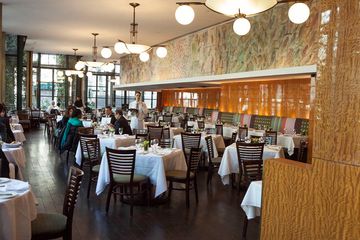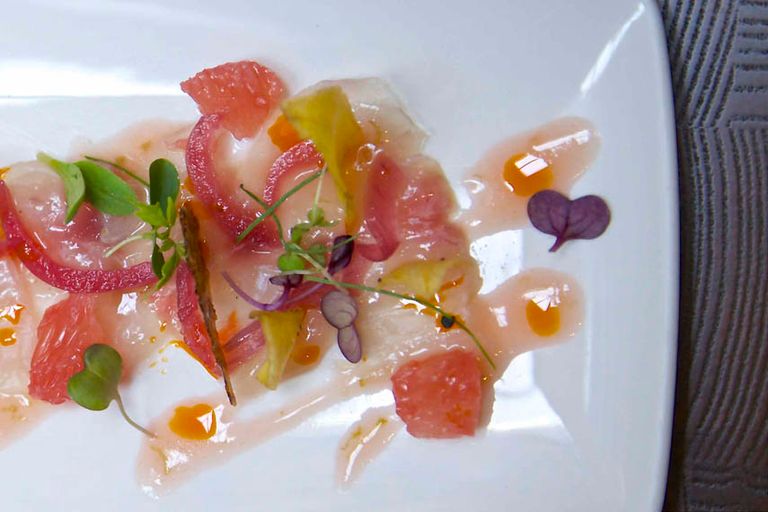
Extraordinary chef, David Burke is the man behind Fabrick, the restaurant located on the main floor of the Archer hotel. With beautiful, bright furniture, exposed brick walls, panels of reclaimed wood, and a view of the open kitchen, the experience at Fabrick starts well before one sits down to eat. The interior of the restaurant is full of interesting details, including locally made quilts constructed from artfully repurposed teabags and coffee filters. Once seated and handed the menu, I noticed immediately that there was a piece of fabric atop each one. With small touches throughout, the restaurant offers a charming, cohesive aesthetic.
The name Fabrick clearly ties into the location of the hotel, which is placed in what was once considered the heart of the garment district. Further, as executive chef, Adin Langville, explained, even the food is connected to the name. Aiming for a menu that gives a sense of the “diverse fabric of New York cuisine,” the selection of dishes is meant to represent every ethnicity and borough. In this way, Langville hopes to capture the “traditional aspect of each dish while giving it a little bit of a twist.”
On the day that the Manhattan Sideways team sat down for lunch with sales manager, Jason Sturvetan, we started our meal with a sample of delicious and colorful cocktails, including the Rabbit Hunter, Tequila Mockingbird and Blackberry Lime Rickey. We went on to share a number of the chef's favorite dishes: avocado panna cotta, red snapper ceviche, chickpea fries, mu rolls, and an impressive cauliflower steak that sat atop a bed of lemon faro. Each of the dishes were enticingly inventive and incredibly good.
To finish our meal, we were thrilled to be presented with executive pastry chef, Zac Young's creations. I was hesitant to have us dip into the Big Apple Tart, complete with a wafer Empire State Building, as it was simply too attractive, I did not want to disturb it. The Chocolate-Hazelnut Burke-’n bag, which featured a delicately designed chocolate handbag was equally impressive. Both were the perfect conclusion to a fantastic afternoon at what is undoubtedly another hit for David Burke.

